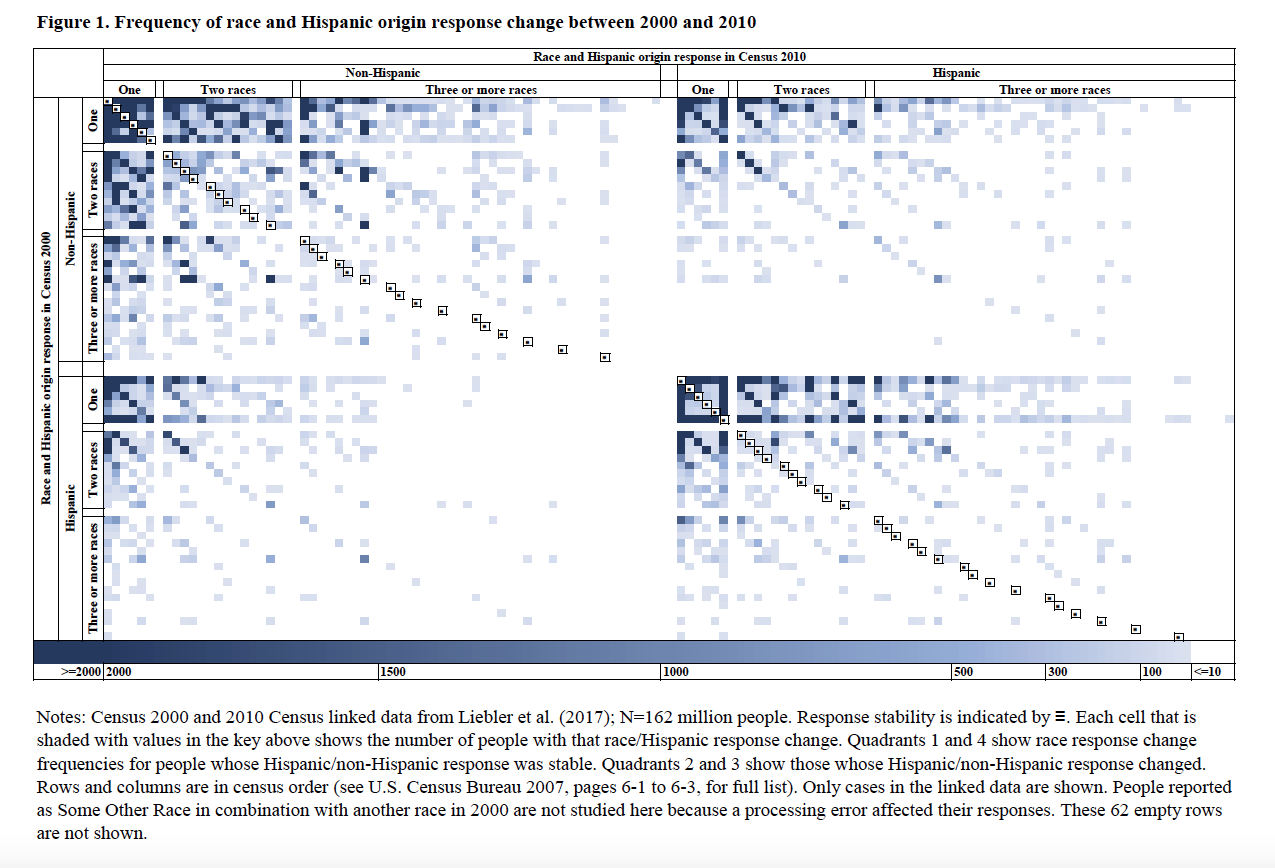“They want us to be Creoles. . . . There is no in-between”: Creole Representations in Ernest J. Gaines’s Catherine Carmier and Lyle Saxon’s Children of Strangers
Studies in the Literary Imagination
Volume 49, Number 1, Summer 2016
pages 113-127
DOI: 10.1353/sli.2016.0008
Matthew Teutsch, Instructor
Department of English
Auburn University, Auburn, Alabama
Mary Agnes LeFabre, the Creole teacher at Samson Plantation in Ernest J. Gaines’s The Autobiography of Miss Jane Pittman, “comes from a long line of Creoles back there in New Orleans” that eventually moved after the Civil War to the community called Creole Place (166). Gaines does not provide the specific location of Creole Place in the novel, but one can assume that the community that Gaines describes, one where the “people . . . did everything for themselves” and did not let anyone, no matter how white, enter into the community, has a real-world antecedent (167). Quite possibly, that antecedent could be Frilot Cove, the community Vivian is from in Gaines’s 1993 novel A Lesson Before Dying. Thadious M. Davis observes another possibility for Creole Place’s real life inspiration, the Isle Brevelle Creole community on Cane River near Natchitoches, Louisiana (“Headlands” 7). While Gaines’s Creole community may perchance be drawn from the Isle Brevelle community, we know for a fact that the Creoles that Lyle Saxon writes about in his novel Children of Strangers have their origins in the Creole population along Cane River.
This essay explores Saxon’s novel in relation to Gaines’s first novel, Catherine Carmier. Gaines has not mentioned whether or not he ever read Saxon’s text when working on his own, but that does not change the importance of reading the two novels in conjunction with one another. They appear less than thirty years apart, and both deal with a unique aspect of social structure in Louisiana, the separation of communities into four distinct categories: white, Cajun, Creole, and black. Davis argues that the presence of a Creole community—for our purposes referring to individuals of mixed Spanish, French, Native American, and African ancestry—where individuals of African and African-American descent were free during slavery and had the opportunity for social mobility, provided a possible exemplar for race relations in the United States during the nineteenth century; however, after the Louisiana Purchase in 1803 and the gradual Americanization of the new territory, and specifically New Orleans, Louisiana’s possible example faded into the darkness (Southscapes 186).
Saxon’s depiction of the Isle Brevelle Creole community borders on stereotypical and patronizing. While he tries to provide an accurate portrayal of the community and its inhabitants, he fails to humanize them fully. However, he does provide a much more sympathetic representation than he originally did in his short story “Cane River,” which appeared in 1926. In this story, Saxon depicts Susie stereotypically as “a wild nigger girl” and “an untamed savage” (225). As well, he places himself in the black community by inserting “we” into the narrative. In Children of Strangers, Saxon’s representation of the community becomes more sympathetic and humanizing, but at points he does revert back to pervasive oppressive images, especially in his description of Henry Tyler talking with Paul Guy. Henry Tyler becomes “like an animal trying to tell a man it is thirsty” (Children 169). Though clearly Children of Strangers is a flawed novel, I argue that we should read the two novels together to help us understand the cultural milieu in which both authors wrote, specifically the flattening of racial binaries during the period, and to understand each author’s presentation of the increasing modernity of rural Louisiana during the early-to-mid part of the twentieth century.
In April 1923, Saxon made his first visit to Melrose Plantation on the Cane River. Invited there by Cammie Garrett Henry, whose husband inherited the plantation in 1898, Saxon would make frequent trips to the artist colony that Henry established in order to compose what would eventually become Children of Strangers, a novel that took him close to fourteen years to complete. Known for his newspaper writing and nonfiction works, Saxon attained celebrity status both at Melrose and in New Orleans writing about the Crescent City’s history, the flood of 1927, Jean Lafitte, and local folklore. However, he always wanted to write fiction, and…



